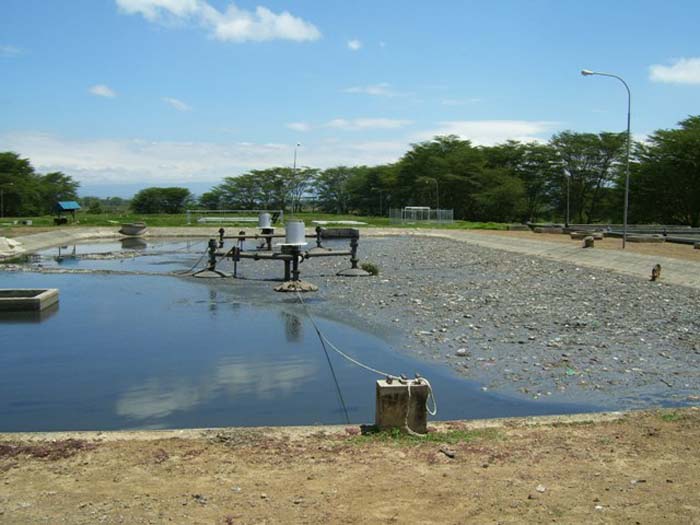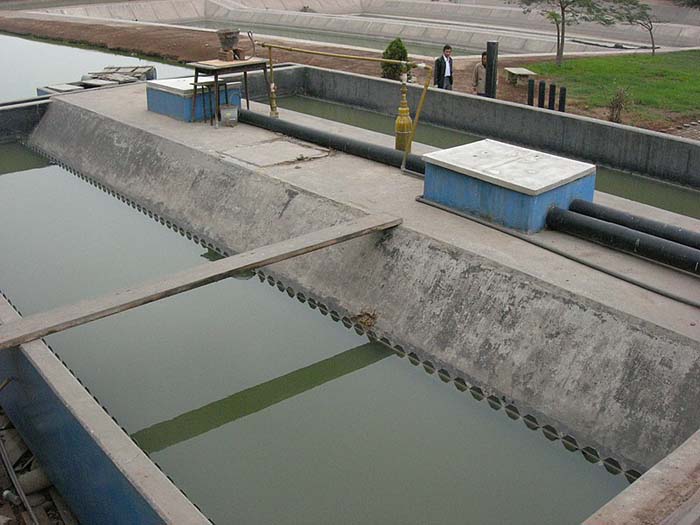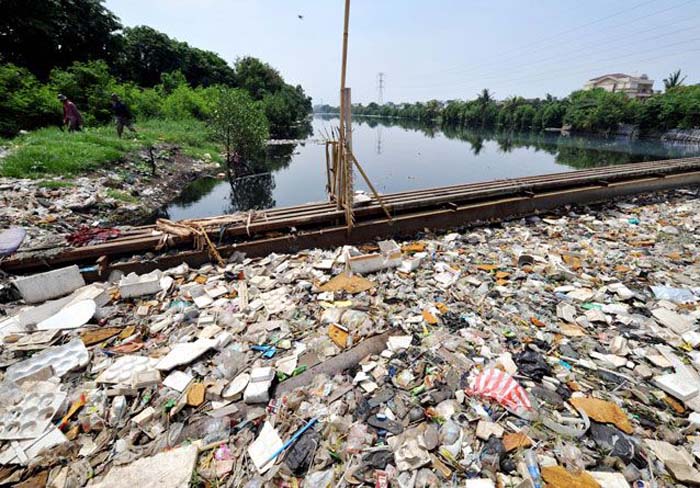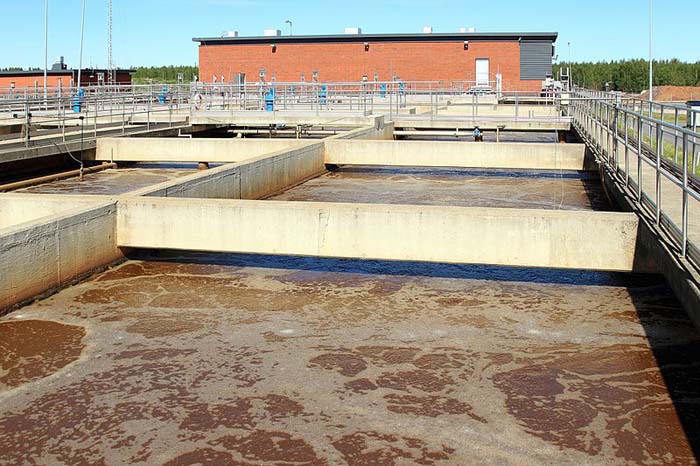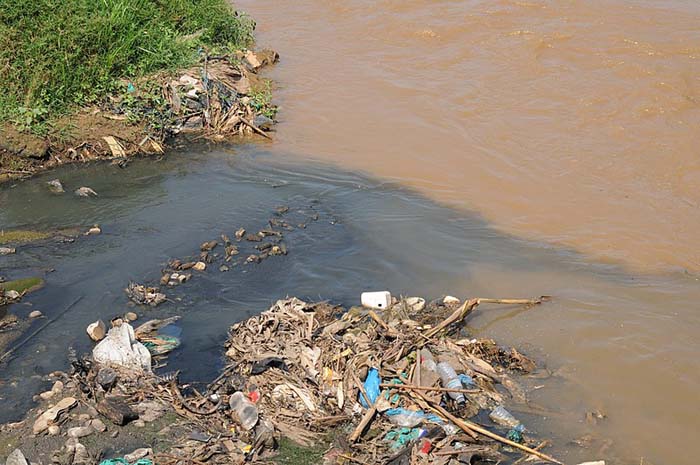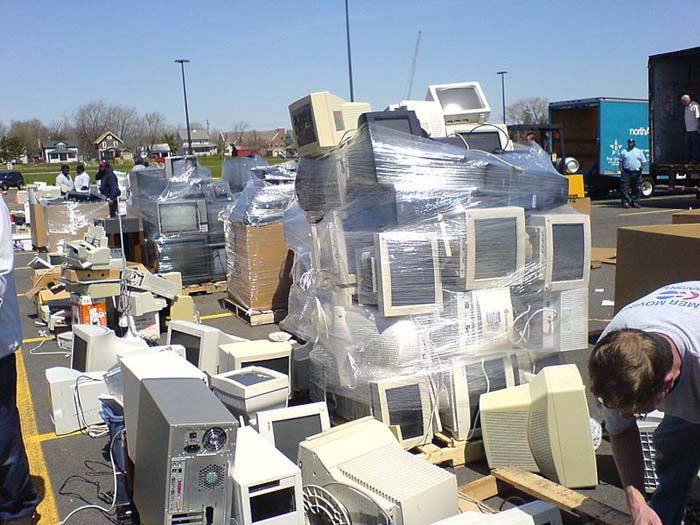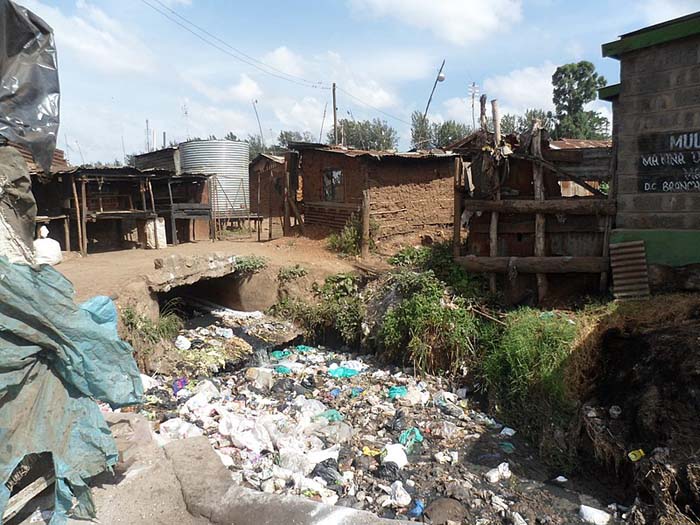
Much like other industrial sectors, the tobacco industry produces a substantial quantity of wastewater as a result of its production operations. Among the many harmful substances found in this effluent are organic compounds, heavy metals, nicotine, and others. Protecting public health, preventing pollution, and complying with regulatory standards all depend on this wastewater being treated effectively.
Composition of Tobacco Industry Wastewater
Wastewater from the tobacco industry can have a very diverse composition. This is due to the wide range of processes and products used. But in most cases, it has both organic and inorganic pollutants. Tobacco industry wastewater typically has the following components:
Organic Pollutants:
- Pesticides
These are agricultural byproducts that were present during the tobacco growing process.
- Tobacco-specific nitrosamines
Substances that cause cancer were created when tobacco was cured and processed.
- Phenolic compounds
Phenol and its byproducts are known to be poisonous to aquatic organisms.
- Polycyclic aromatic hydrocarbons
These are known carcinogens that form when tobacco is burned.
- Volatile organic compounds
Xylene, toluene, and benzene are all carcinogenic and environmentally destructive.
- Nicotine
Poisonous and long-lasting, this alkaloid is a key component of tobacco.
Treatment and Management
Tobacco industry effluent must be treated and managed effectively. This is because of the complex and dangerous nature of these toxins. Here are a few common treatment techniques:
Biological treatment
Degradation of organic pollutants using aerobic and anaerobic procedures.
Chemical treatment
The process of chemical removal or neutralization involves oxidation, flocculation, and coagulation.
Cutting-edge treatment
The removal of remaining pollutants is achievable using techniques such as membrane filtration, activated carbon adsorption, and sophisticated oxidation procedures.
Physical treatment
Floatation, filtration, and sedimentation help to get rid of suspended solids.
To guarantee that the treated effluent satisfies environmental standards and reduces the impact on ecosystems and human health, effective management necessitates thorough monitoring and regulation.
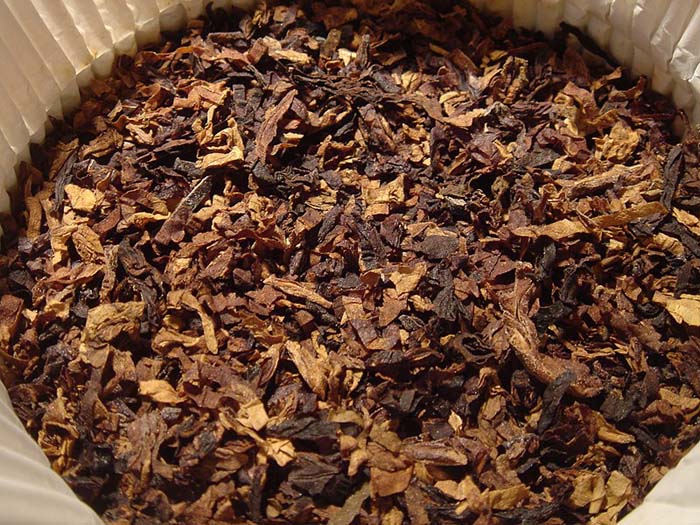
Environmental Impact Tobacco Industry Wastewater
Neglecting to clean up the massive amounts of wastewater produced by the tobacco industry can have devastating effects on the environment. Tobacco processing and production wastewater contains a wide range of contaminants that pose risks to human and environmental health. The following are some of the significant impacts of wastewater from the tobacco industry:
- Human Health Risks
- Soil Pollution
When polluted water seeps into the soil or into crops through irrigation, it poses indirect health risks.
- Contamination of Drinking Water
The contamination of drinking water sources by tobacco effluent can cause reproductive issues, neurological damage, and cancer, among other major health hazards to humans.
- Biological Impacts
- Eutrophication
When wastewater has a lot of nutrients, it can cause algae blooms. These consume all the oxygen in the water and create areas where no aquatic life can live.
- Aquatic Toxicity
Fish and other aquatic creatures can die from the toxins in tobacco effluent. They have the potential to hinder development, behavior, and reproduction even at sub-lethal concentrations.
- Chemical Contamination
- Additives and Solvents
Tobacco products contain these substances, which have the potential to accumulate bioaccumulatively and cause harm to aquatic life.
- Heavy Metals
Tobacco leaves contain harmful elements like lead and cadmium. These elements can accumulate in water and sediments, causing long-term health and environmental problems.
- Herbicides and Pesticides
Tobacco farmers use these pesticides, which can harm animals, pollute water sources, and eventually make their way into human diets.
- Nicotine
Killer for aquatic life. Ecosystems can be disturbed by even minute quantities.
Benefits of Wastewater Treatment in the Tobacco Industry
There are several advantages, including financial savings and environmental protection, to implementing efficient wastewater treatment systems in the tobacco industry. Among the numerous benefits, a few are particularly noteworthy:
Economic Advantages
- Recovery of Resources:
- Recovery of by-products
Biogas, a by-product of anaerobic digestion, is one example of a valuable by-product that can be recovered and utilized as an energy source through certain wastewater treatment techniques.
- Cost Savings:
- Minimal Penalties and Fines
Reducing the likelihood of legal action and fines is achievable through proper wastewater treatment in compliance with environmental rules.
- Reusing Water After Treatment
Significant savings on water procurement expenses can be achieved by reusing treated wastewater for a variety of plant operations, including cleaning, cooling, and irrigation.
Long-term Sustainability
- Adapting to Climate Change:
- Resilience
The tobacco industry can better withstand the effects of water shortages and climate change if wastewater treatment and water reuse are efficient practices.
- Sustainable Water Management:
- Water Conservation
The tobacco industry can help with sustainable water resource management by treating and reusing wastewater, which will drastically cut its use of freshwater.
Operational Advantages
- Efficient Operation:
- Enhanced Processes
Manufacturing processes can benefit from more efficient water use thanks to modern wastewater treatment technologies. This, in turn, boosts operational performance.
- Regulatory Compliance:
- Meeting Criteria
Wastewater treatment helps tobacco industries stay out of legal hot water and keeps their operations running smoothly. This is achieved by ensuring that their wastewater complies with all applicable national and international regulations.
Social Advantages
- Improved Corporate Image:
- Corporate Social Responsibility
Industries that invest in wastewater treatment can demonstrate environmental stewardship and social responsibility, as well as strengthen reputation and stakeholder connections.
- Ensuring the Population’s Health:
- Minimized Danger to Health
Wastewater treatment that is both effective and efficient reduces the amount of potentially dangerous chemicals and microorganisms that are released into the environment. This helps to protect the health of nearby communities.
Ecological Advantages
- Decrease in Soil Pollution:
- Safe Disposal
To avoid soil pollution and keep the soil healthy, wastewater needs proper treatment to stop dangerous compounds from leaking into the soil.
- Protection of Aquatic Life:
- Reduction in Toxicity:
In order to preserve aquatic life from hazardous compounds found in untreated effluent, wastewater treatment dramatically reduces toxicity levels.
- Decrease in Water Pollution:
- Improvement in Water Quality
Improving the condition of local ecosystems and bodies of water is one of the many benefits of releasing treated wastewater into the environment.
- Remove harmful chemicals
When wastewater is treated, it is able to be cleaned of contaminants like heavy metals, pesticides, and nicotine, among others.
Wastewater treatment has many benefits for the tobacco industry. This includes long-term sustainability, social responsibility, incorporating ecological protection, operational efficiency, and economic savings. Tobacco production has many harmful effects, but robust wastewater treatment systems can minimize those effects and improve communities and ecosystems as a whole.
Conclusion
To reduce negative effects on the environment, safeguard public health, and meet regulatory standards, the tobacco industry must clean its wastewater. The industry is constantly innovating and improving wastewater management systems in response to rising environmental consciousness and regulatory demands. This leads to more responsible and sustainable production methods.






